This month sees the following articles in ChemComm that are in the top ten most accessed:-
Development of a near-infrared fluorescent probe for imaging of endogenous Cu+ in live cells
Xiaowei Cao, Weiying Lin and Wei Wan
Chem. Commun., 2012,48, 6247-6249, DOI: 10.1039/C2CC32114A, Communication
Formal asymmetric enone aminohydroxylation: organocatalytic one-pot synthesis of 4,5-disubstituted oxazolidinones
David Cruz Cruz, Pedro A. Sánchez-Murcia and Karl Anker Jørgensen
Chem. Commun., 2012,48, 6112-6114, DOI: 10.1039/C2CC32385K, Communication
Recognition and sensing of various species using boronic acid derivatives
Zhiqian Guo, Injae Shin and Juyoung Yoon
Chem. Commun., 2012,48, 5956-5967, DOI: 10.1039/C2CC31985C, Feature Article
Silver(i)-catalyzed carboxylation of arylboronic esters with CO2
Xiao Zhang, Wen-Zhen Zhang, Ling-Long Shi, Chun-Xiao Guo, Ling-Ling Zhang and Xiao-Bing Lu
Chem. Commun., 2012,48, 6292-6294, DOI: 10.1039/C2CC32045B, Communication
One-pot synthesis of highly crystalline mesoporous TiO2 nanoparticle assemblies with enhanced photocatalytic activity
Ioannis Tamiolakis, Ioannis N. Lykakis, Alexandros P. Katsoulidis and Gerasimos S. Armatas
Chem. Commun., 2012,48, 6687-6689, DOI: 10.1039/C2CC33122E, Communication
Supramolecular electron transfer by anion binding
Shunichi Fukuzumi, Kei Ohkubo, Francis DSouza and Jonathan L. Sessler
Chem. Commun., 2012, Accepted Manuscript, DOI: 10.1039/C2CC32848H, Feature Article
A new water-soluble pillar[5]arene: synthesis and application in the preparation of gold nanoparticles
Yong Yao, Min Xue, Xiaodong Chi, Yingjie Ma, Jiuming He, Zeper Abliz and Feihe Huang
Chem. Commun., 2012,48, 6505-6507, DOI: 10.1039/C2CC31962D, Communication
Iridium-catalyzed reaction of enones with alcohols affording 1,3-diketones
Yasushi Obora, Kazuhiro Nakamura and Shintaro Hatanaka
Chem. Commun., 2012,48, 6720-6722, DOI: 10.1039/C2CC32787B, Communication
Covalently stabilized self-assembled chlorophyll nanorods by olefin metathesis
Sanchita Sengupta and Frank Würthner
Chem. Commun., 2012,48, 5730-5732, DOI: 10.1039/C2CC32314A, Communication
Sodium methoxide: a simple but highly efficient catalyst for the direct amidation of esters
Takashi Ohshima, Yukiko Hayashi, Kazushi Agura, Yuka Fujii, Asako Yoshiyama and Kazushi Mashima
Chem. Commun., 2012,48, 5434-5436, DOI: 10.1039/C2CC32153J, Communication
Why not take a look at the articles today and blog your thoughts and comments below.
Fancy submitting an article to ChemComm? Then why not submit to us today or alternatively email us your suggestions.
Comments Off on Top ten most accessed articles in May


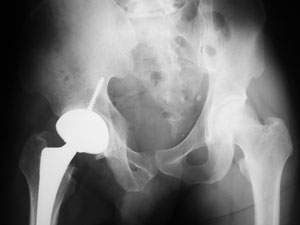










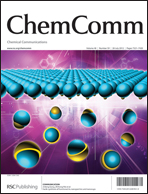
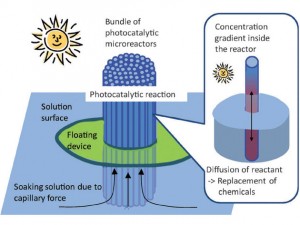

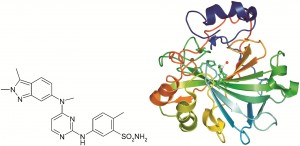
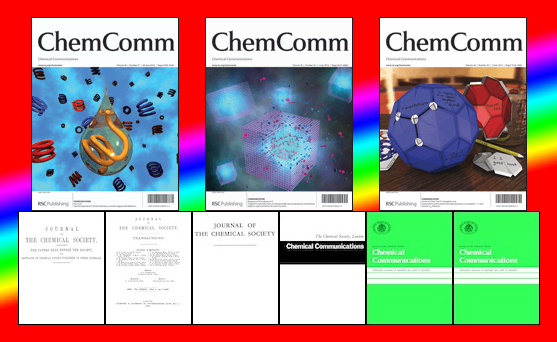
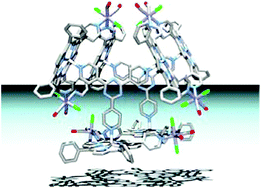 ChemComm
ChemComm